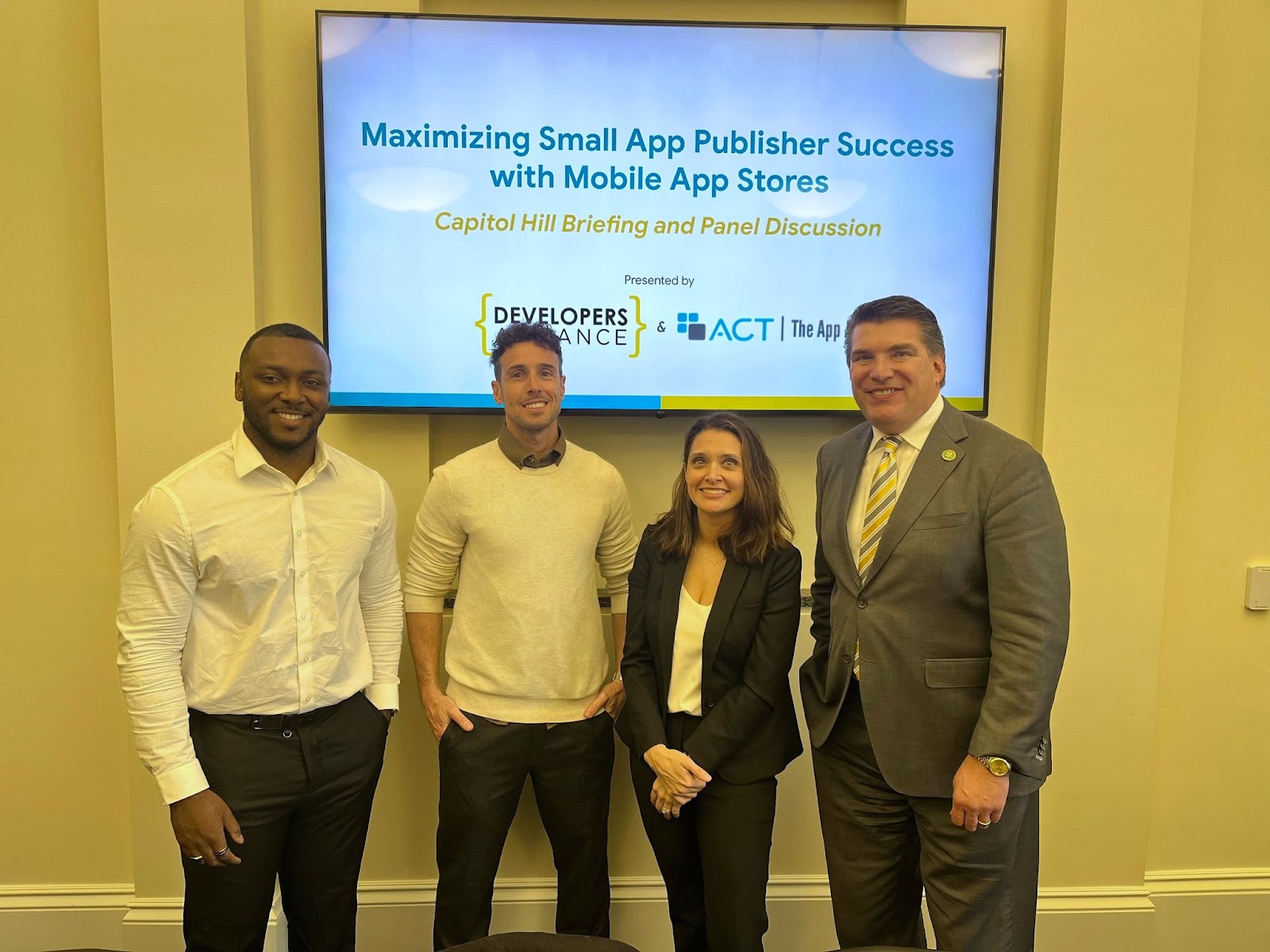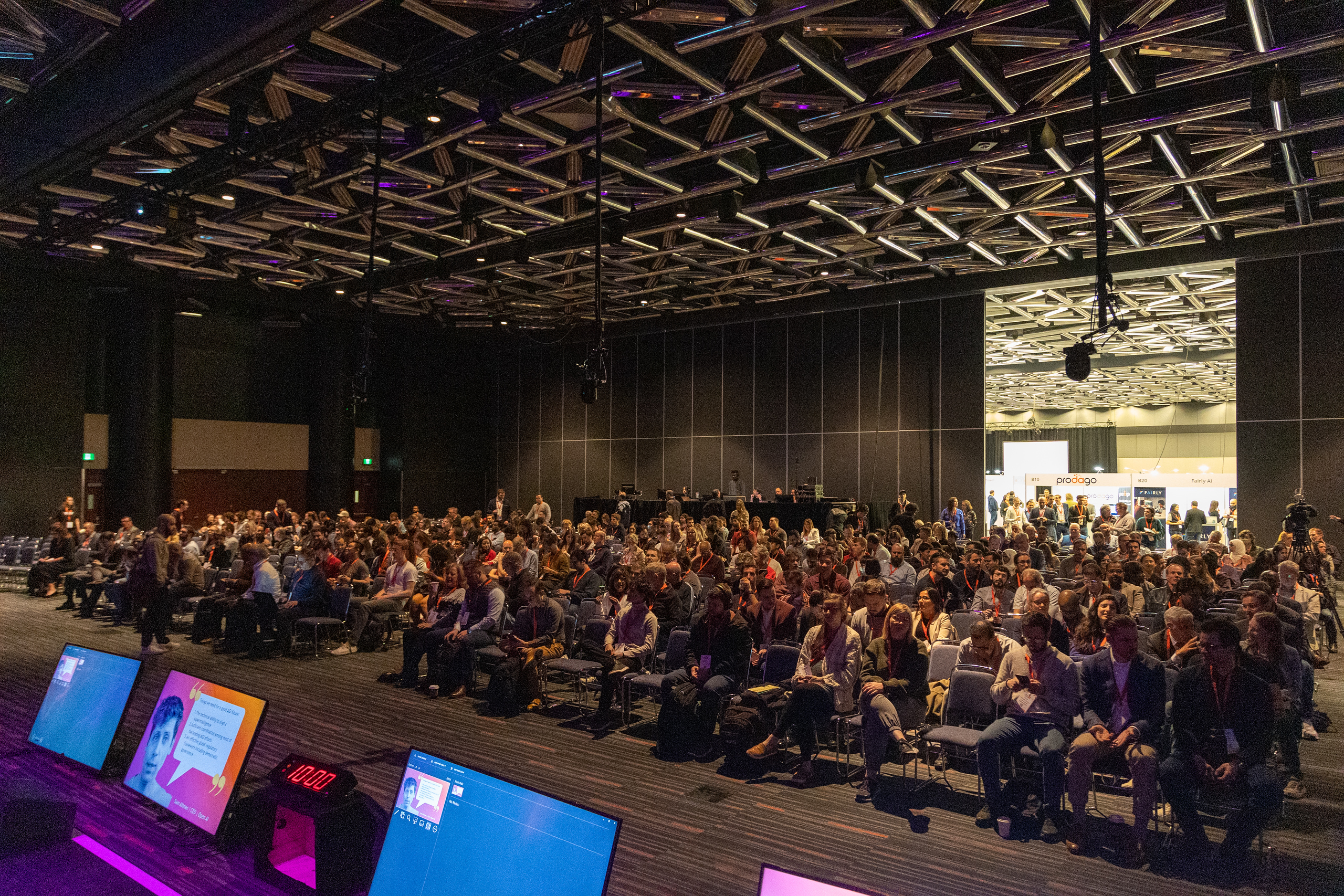Returning to the German capital, the Application Developers Alliance held our second App Strategy Workshop in Berlin. With more than 130 attendees, which included industry experts and startup founders alike,the event covered and engaged insight on entrepreneurship, localizing apps, user acquisition, app monetization, and much more.
Panel: Reaching 10,000 Downloads
Moderated by Peggy Anne Salz of Mobile Groove, the discussion revolved around methods of acquiring large users, included Verena Pausder (Fox & Sheep), Patrick Kane (Priori Data), Sam Purtill (Branch Metrics), Lele Canfora (Lovoo). Here are three key takeaways:
1. Identify which media your audience consumes
Peggy Anne Salz (Mobile Groove), Verena Pausder (Fox & Sheelp), Patrick Kane (Priori Data), Sam Purtill (Branch Metrics), Lele Canfora (Lovoo).
Verena Pausder placed emphasis on understanding your target audience, and where they consume the most media. In the case of Fox & Sheep, utilising Youtube, influential bloggers, and evangelists, their apps were able to acquire users quickly.
2. ASO & SEO
Optimising keywords, and constantly reiterating titles helped Fox & Sheep (a paid app business model) in its early days, and by placing metrics early on such as performance of their titles, keywords can enable success in acquiring users.
In contrast, organic and shareable content enabled Lovoo to successfully acquire users, emphasising on ‘monkey marketing’ or virality to raise awareness of their app according to Lele Canfora.
Presentation: Making Money with CallerID
1. Caller ID feature can be used an alternative to traditional advertising
With caller ID feature, it can be an alternative to traditional advertising options such as interstitial, pop ups, and banners. Claudia mentions that some clients have even used their caller ID feature to monetize their users effectively, quoting that a client in particular boosted revenue to $2200 a month from $200 after implementing a caller ID feature.
Reaching your global audience
Apps Alliance VP of Membership, Laura Bolos, sat down with Anne Krueger from Wooga to discuss some of the ways Wooga has implemented localization to great success in new regions. Here is the key takeaway:
1. Skipping localization can be a major mistake – assess the market potential to find out the degree of localization needed
It is always good to study the market potential before localizing suggests Anne, as it can often be a time consuming processes. However, skipping localization altogether would be huge mistake. For example, when moving from the Western market to Asia, it’s always best to localize deeply as apps that are non native always falter. This means changing the UI, graphics and settings, rather than relying solely on app store optimization, or changing the keyword description.
Maximizing your Mobile Revenue
Moderating the panel Anders Lykke (Priori Data) sat down with Johannes Heinze (AppLovin), Dan Owens (OpenX) the data monitoring and advertising company, and Ekaterina Rabe (PubNative). Here are the key takeaways:
1. Video advertising is a great way to monetise the inventory
Johannes Heinze (AppLovin)
Johannes Heinze provides his experience with video advertising: “It is highly scalable, does not disrupt the user’s experiences, and achieves very high revenue per impressions.” Alongside video advertising, there is also a huge trend towards implementing rewarded video as a way to monetize, with Ekaterina Rabe weighing in that rewarded video is the 2nd biggest grossing revenue, only lower than native ads.
2. Finding the right ad network, and bring competition for your inventory to get the best value
Working with various ad network is always the best method to monetise app inventory states Ekaterina, by enabling the element of competition for your inventory, the more value you can extract from mobile advertisers. Furthermore, Dan Owens points that its always best to find the right balance between the most intrusive ad format and the users experience.
Startup Insights: The Journey of Success
Bringing the flea market online to 10 million users across three separate countries, co founder of Katharina Klausberger sat down with Luisa Maier (GTEC), on Shpock’s growing pains, and success. Here is one key advices pointed out by Katharina on her journey to success:
1. Focus on the key components during product development, rather than building several functionalities.
Having spent some considerable time developing the product (building at least 15 functionalities), it was only after launching their initial product that they were able to find that only 5 functionalities were the key components to their core product. Katharine Klausberger suggests for startup to focus early on the core components, and build alongside user growth.







